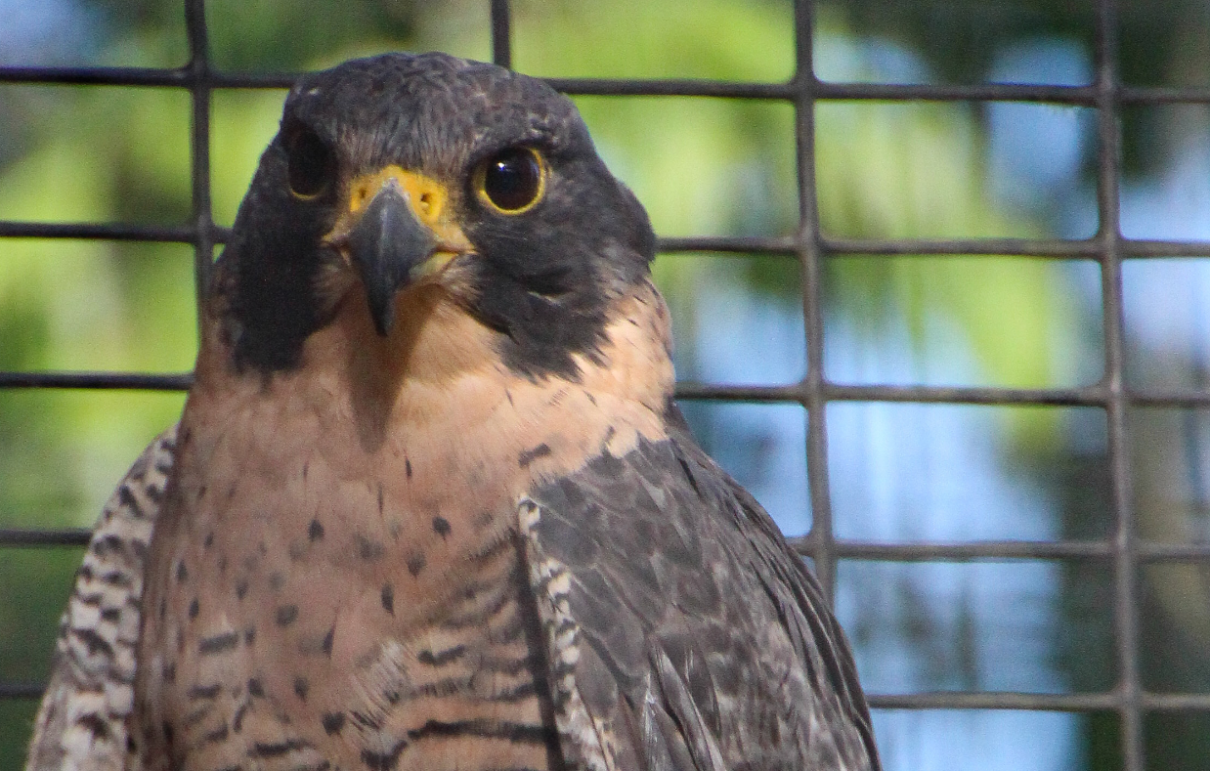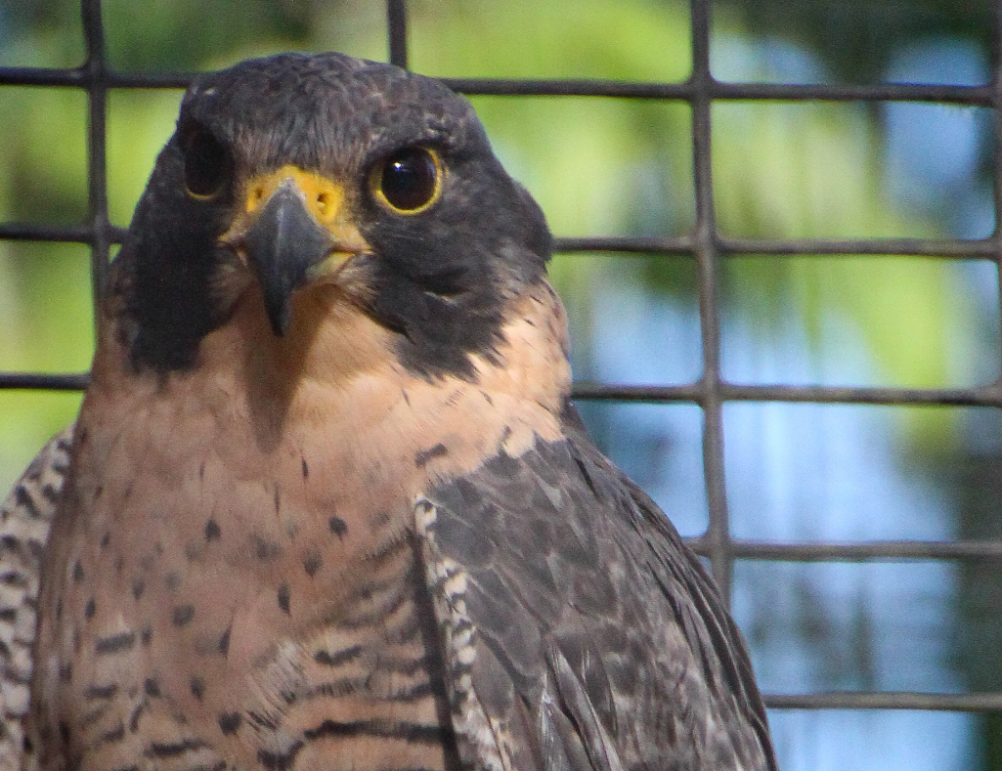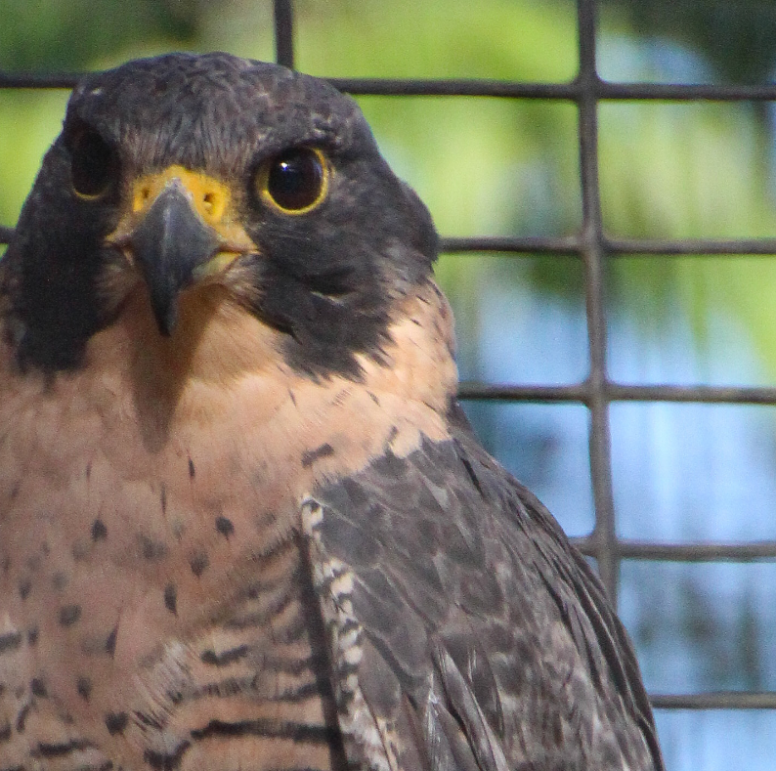STATUSLeast Concern
COMMON NAME (SCIENTIFIC NAME)Falco peregrinus
DIETShorebirds, waterfowl, pigeons, songbirds, geese, hummingbirds, reptiles, rodents, rabbits, and bats
RANGEEvery continent except for Antarctica
HABITATPrefer mountains, rivers, and coastlines, but have acclimated to cities, valleys, and deserts






